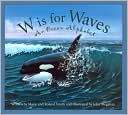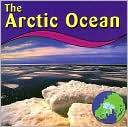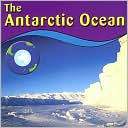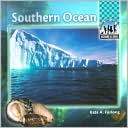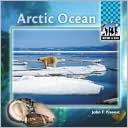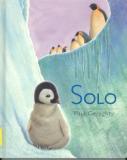The Virtual Bookshelf provides a list of recommended children’s books that reflect the theme of the issue and offers ideas on how to integrate them across the curriculum.
With freezing temperatures, unpredictable weather, and icy water, polar oceans are some of the most precarious environments on earth, but that doesn’t make them uninhabitable! Students will learn about the different oceans of the world and the mammals that call them home through the books listed on this virtual bookshelf.
We’ve divided the bookshelf into three sections: oceans, marine species, and penguins and polar bears. As always, we feature mostly nonfiction text for its ability to increase science content knowledge and build vocabulary.
OCEANS
MARINE SPECIES
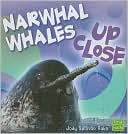 |
Narwhal Whales Up Close. Jody Sullivan Rake. 2009. Nonfiction book. Recommended ages: Grades 1-3.Did you know that narwhal whales are called “unicorns of the sea” and have tusks that can grow up to nine feet long? This book presents an up-close look at narwhal whales, including their body features, habitat, and life cycle. |
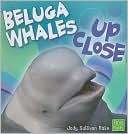 |
Beluga Whales Up Close. Jody Sullivan Rake. 2009. Nonfiction book. Recommended ages: Grades 1-3.Did you know that beluga whales are often called “sea canaries” because of their ability to mimic noises they hear? They have even been known to imitate the sounds of motorboats! This introductory book includes photographs of this fascinating mammal. |
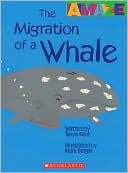 |
The Migration of a Whale. Tanya Kant. 2008. Nonfiction book. Recommended ages: Grades 1-3.With collage-style illustrations, this book is a great introduction to whales, their life cycles, and their migration patterns. |
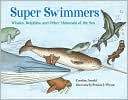 |
Super Swimmers: Whales, Dolphins, and Other Mammals of the Sea. Caroline Arnold. 2007. Nonfiction book. Recommended ages: Grades 3-5.Realistic watercolors present a variety of sea mammals. This introduction to marine mammals begins with whales, dolphins, and porpoises and then goes on to discuss seals, sea lions, walruses, manatees, dugongs, sea otters, and polar bears. |
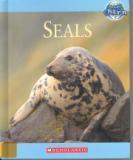 |
Seals. Tom Jackson. 2008. Nonfiction book. Recommended ages: Grades 4-5.Seals belong to a group of animals called pinnipeds, which means “fin-footed.” The seal’s flippers aren’t much use on land but are excellent for swimming. Learn interesting facts about seals from this book. |
 |
Penguins. Amy-Jane Beer. 2009. Nonfiction book. Recommended ages: Grades 4-5.Penguins depend on the ocean for their food. The smaller species of penguins eat mostly krill and larger penguins eat squid and fish. Photographs and interesting text will capture the imagination and curiosity of older learners. |
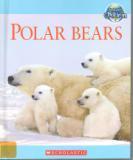 |
Polar Bears. Jolyon Goddard. 2008. Nonfiction book. Recommended ages: Grades 4-5.Did you know that polar bears evolved from an isolated group of brown bears about 200,000 years ago? They adapted to survive in the Arctic. Learn more fascinating facts about polar bears from this book designed for older learners. |
 |
Killer Whales. John Malam. 2008. Nonfiction book. Recommended ages: Grades 4-5.What do killer whales eat? How do killer whales hunt? How can they survive in extreme cold? Do killer whales deserve their scary name? Readers can find answers to their questions in this book from the Scary Creatures series. |
 |
Sea Secrets: Tiny Clues to a Big Mystery. Mary M. Cerullo and Beth E. Simmons. 2008. Nonfiction book. Recommended ages: Grades 2-5.Students are engaged in mysterious changes happening to seabirds, whales, and penguins. They learn about the Long-Term Ecological Research (LTER) Network and how this effort has helped scientists understand the effect of warming ocean water on marine food webs. Download lesson plans and other materials from the LTER web site. |
PENGUINS AND POLAR BEARS
This article was written by Julie Moran. For more information, see the Contributors page. Email Kimberly Lightle, Principal Investigator, with any questions about the content of this site.
Copyright May 2009 – The Ohio State University. This material is based upon work supported by the National Science Foundation under Grant No. 0733024. Any opinions, findings, and conclusions or recommendations expressed in this material are those of the author(s) and do not necessarily reflect the views of the National Science Foundation. This work is licensed under an Attribution-ShareAlike 3.0 Unported Creative Commons license.

